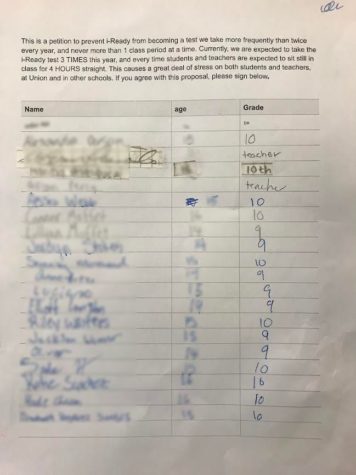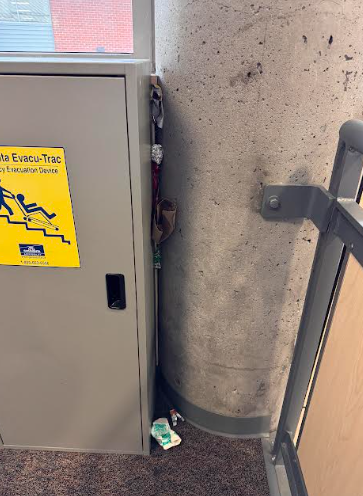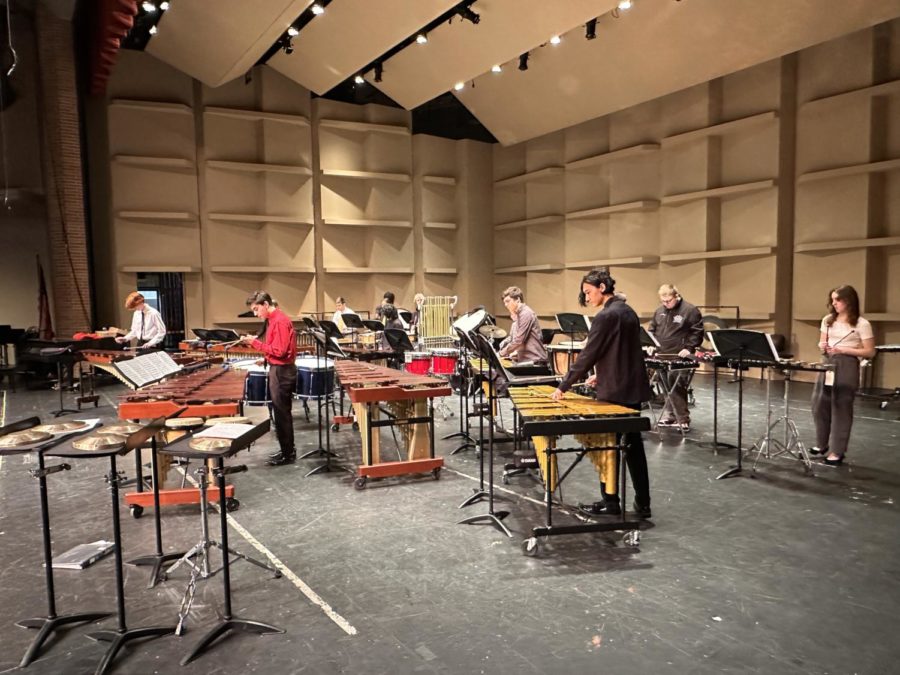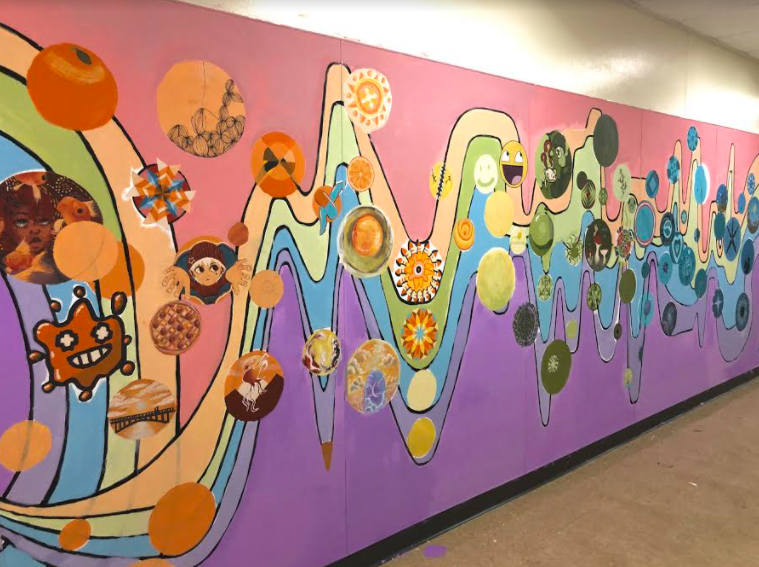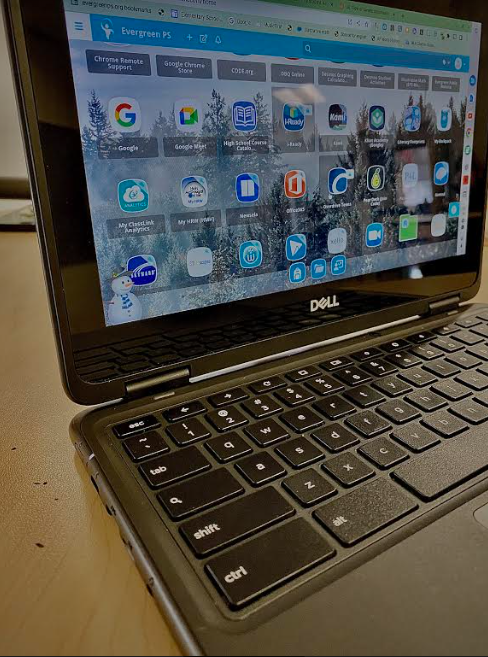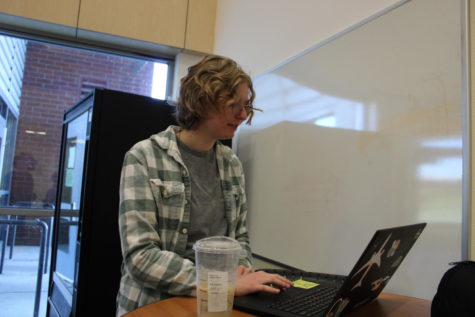Student Petitions to Change i-Ready’s Future at Union
Jan 25, 2023
Last Wednesday, Union students were instructed to take the i-Ready Diagnostic test for the second time this school year. As you’re probably familiar with, the test consists of two parts: the Reading Diagnostic and the Math Diagnostic. These are designed to assess how much students are learning throughout the year in their English and math classes, and provide support for teachers so they can assist those who might be falling behind unnoticed.
More emphasis has been placed on the i-Ready this year than in years previously, and it’s running somewhat differently. For one, the testing schedule is more compact. Instead of taking the two different i-Ready diagnostics on different weeks, students took both tests in one shortened day. During the day, testing was broken up into two sessions that were around two hours each. There was a ten-minute break between the sessions, rather than the usual five minutes for passing time.
Much like any other test, Union students tend to view the i-Ready negatively, complaining about annoyance or boredom associated with the test, or groaning and making fun of the short “balloon breath” breaks that seem to be designed for a slightly younger audience.
To sophomore student Alexandra Pearson, however, the i-Ready is more than just an irritation. She said that the changes to the structure of i-Ready testing this year made her and many of her peers more anxious and stressed about the test. She suggested that the increase of testing, particularly the amount of time spent on it in one day, made the testing situation unnecessarily stressful and decreased many students’ ability to focus on the test.
“Especially for people who struggle with math or English, it can be really difficult,” she added.
Alexandra’s feelings about the i-Ready prompted her to take the test at home last Wednesday rather than at school, where she could take long breaks in between sessions to recharge, calm down, and have better focus. She told me that this strategy helped her greatly. Despite her successes, however, Alexandra still worried about the students who struggled like her but didn’t have the opportunity to take the test at home and give themselves longer breaks.
It was this that inspired her, with the help of her English teacher, to make a petition calling for Union to essentially change the i-Ready testing back to the way it was before: two or less tests per year, and with more time in between the different diagnostics. Throughout the day on Thursday, Alexandra collected signatures on her petition from students or teachers who agreed with the proposition.
Alexandra plans to share this petition with those who coordinate the i-Ready scheduling, and she requested to meet with Mr. Woods to talk with him about her ideas. In the meantime, she will continue spreading her petition to Union students and teachers with the goal of bringing enough attention to the issue to make a lasting change.
